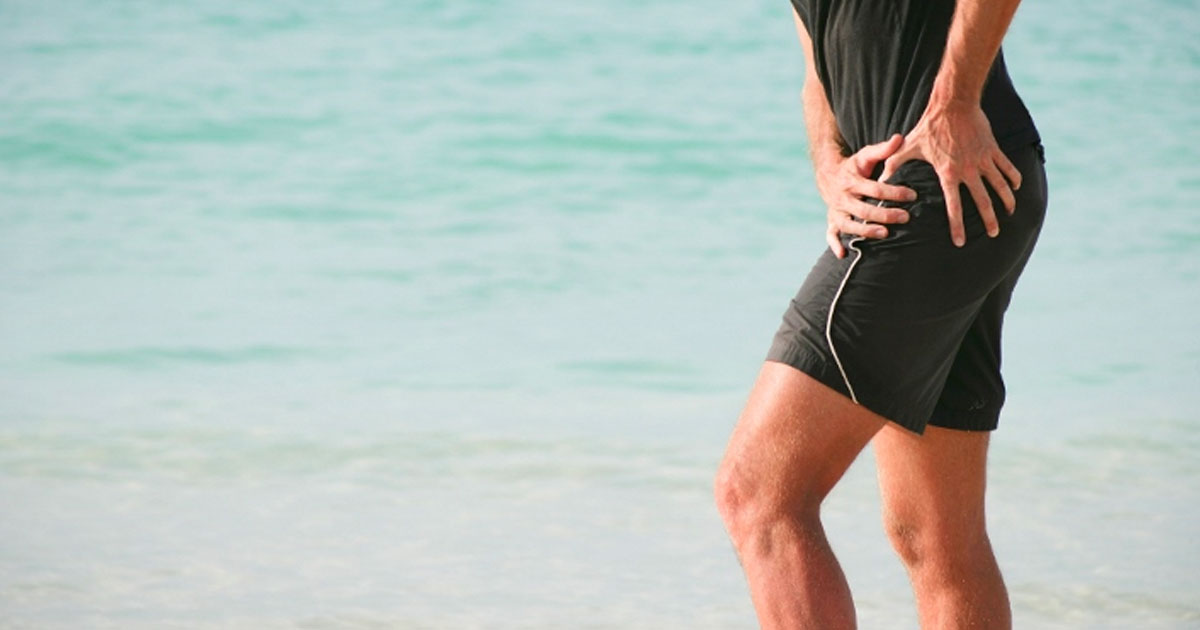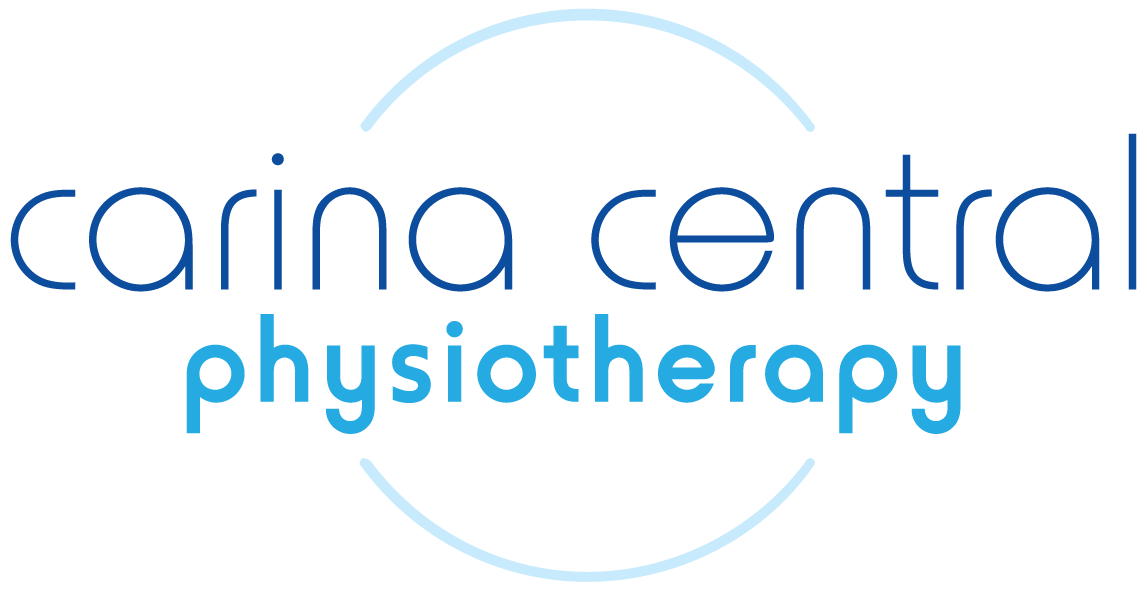
Hip Osteoarthritis (Hip OA)
Osteoarthritis (OA) is a disease of the joint cartilage which is usually a result of aging and general wear and tear. With cartilage erosion there is associated damage in underlying bone which then may cause pain and affect the function of the joint.
Hip OA is a common form of arthritis resulting in structural failure of the hip (femoro-acetabular) joint and functional failure of the surrounding muscles.
What are the symptoms?
Common symptoms of arthritis are pain, stiffness and swelling. In hip OA, pain is commonly reported in regions of the hip, buttock, thigh and knee, overtime individuals may start to notice a limp in their gait. Stiffness is common compliant in the mornings. These symptoms may in turn impact activities such as squatting, getting up from low chairs and prolonged walking.
What is the cause?
Hip OA is a degenerative condition that is chronic in nature. This wear-and-tear of the hip joint cartilage over time may be contributed by a number of factors including age, previous trauma, obesity, family history and history of repetitive loading activities (eg heavy lifting).
What is the Treatment?
Reducing pain and improving function forms the basis of OA management. International clinical guidelines recommend that non-pharmacological conservative treatments be included as a first line management of hip OA before surgical intervention (eg hip replacement) is considered.
The Physiotherapist will be able to confirm the diagnosis of hip OA by a combination of radiographic (eg xray) and clinical findings. A comprehensive assessment includes an evaluation of the joints and muscles, but also specifically targeting the tasks that are reported as problematic.
Physiotherapy management commonly comprises of therapeutic exercise and manual therapy. Depending on assessment findings, exercises are prescribed to strengthen specific hip muscles (commonly the hip abductors and extensors), increase flexibility, improve balance and sometimes even posture. The Physiotherapist will also likely perform a variety of hands-on techniques to further promote mobility in the hip and surrounding areas. A thorough assessment and treatment of the lumbo-pelvic region may be necessary in some cases.
Hydrotherapy is a popular management option that is strongly supported by research evidence. Water-based exercise reduces weight-bearing in the lower limbs, thus unloading arthritic joints to provide pain relief. The warmth of the water also provides pain relief by improving circulation and relaxing muscle spasm. It is essential to first have medical clearance by the GP and best to begin under the supervision of a Physiotherapist.
What else can I do?
- Stay active - movement helps to stimulate the body to produce synovial fluid which in turn keeps the cartilage healthy by providing nutrients and lubrication. Exercise also helps to strengthen the muscles that support the joints and gives you greater mobility. The Physiotherapist will guide you through this.
- The use of hot pack over the hip region may help to reduce pain and stiffness. An ice pack can be used during periods of flare-ups where there is acute inflammation, warmth and pain.
- The use of a walking stick is useful to help deload the painful hip joint during weight-bearing and reduce limping. The walking stick should be held in the opposite hand to the affected hip.
- It is important not to push through pain but rather seek out ways to modify activities to best maintain function and quality of life. For example, avoid low seats and deep squats; pacing long walks with short breaks.
- Weight loss is recommended for the overweight individuals as it helps to reduce excessive loading on the arthritic joints.

If you are experiencing hip pain, request an appointment with Jennie Wong for an assessment.
